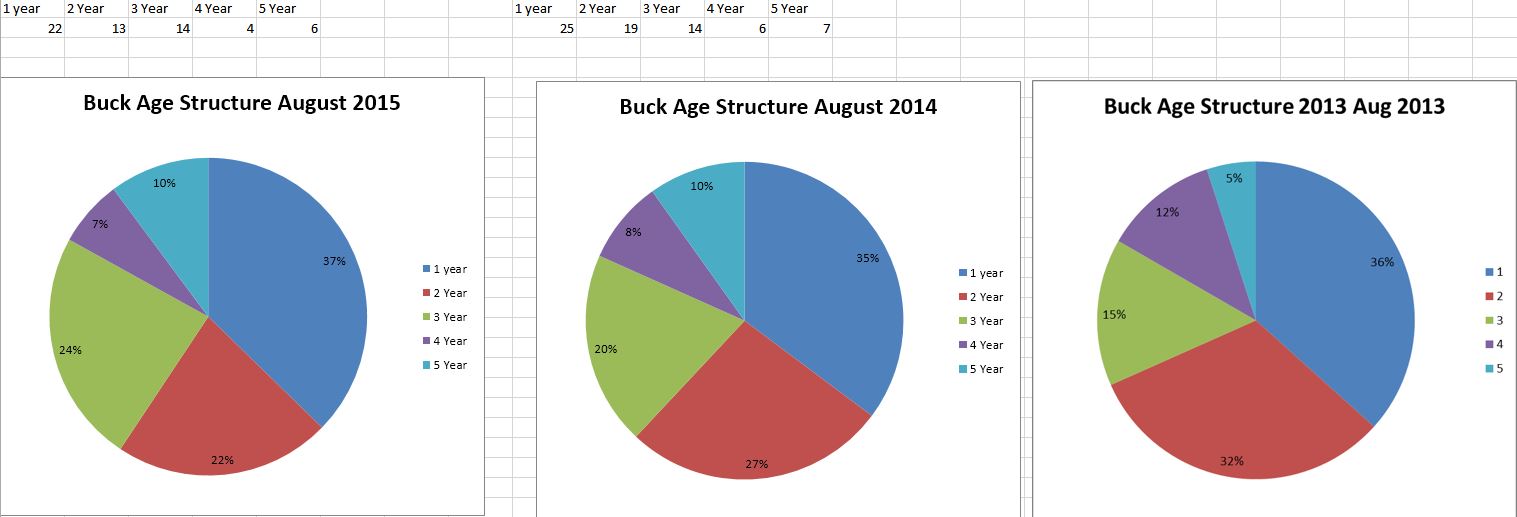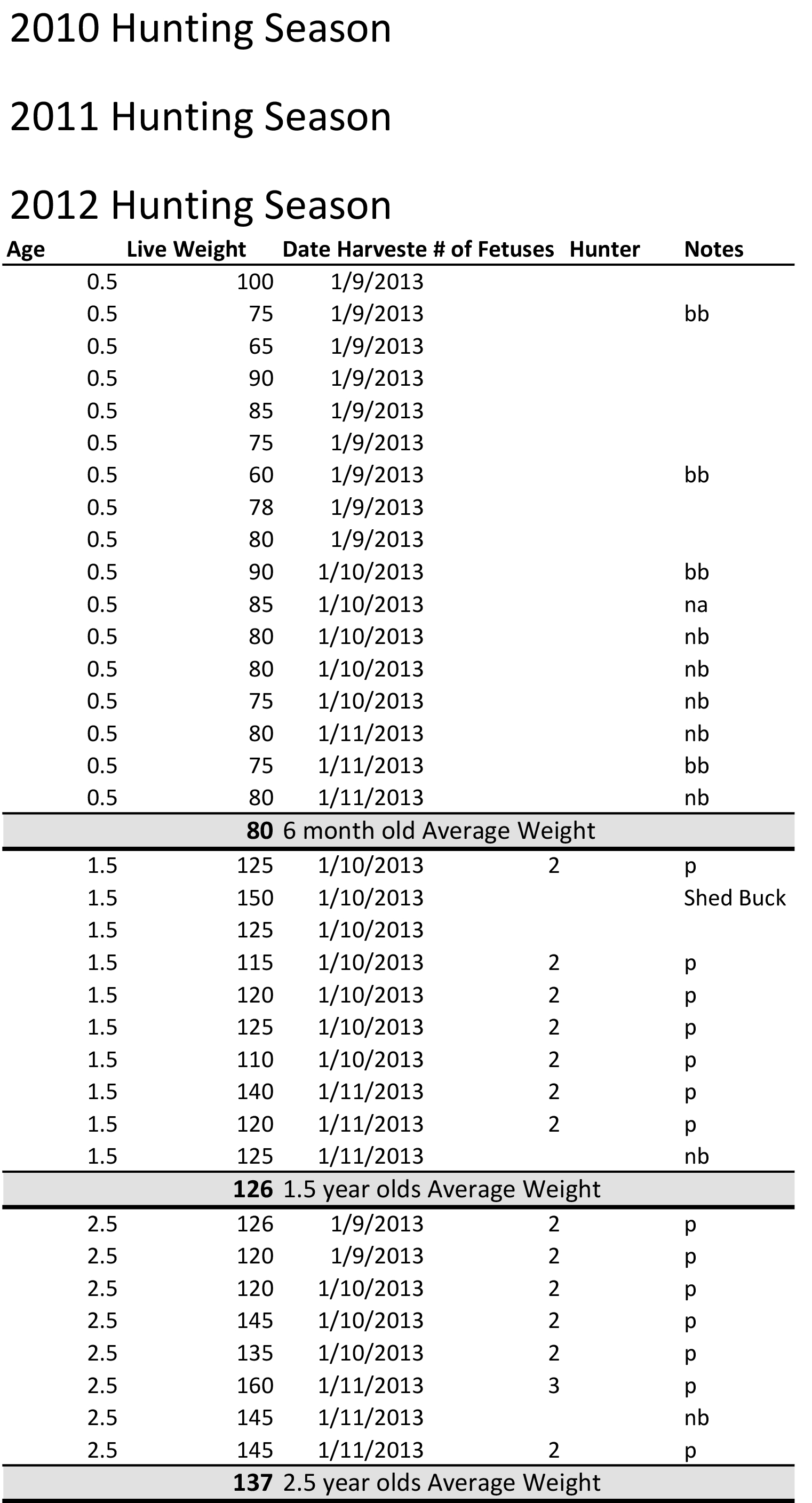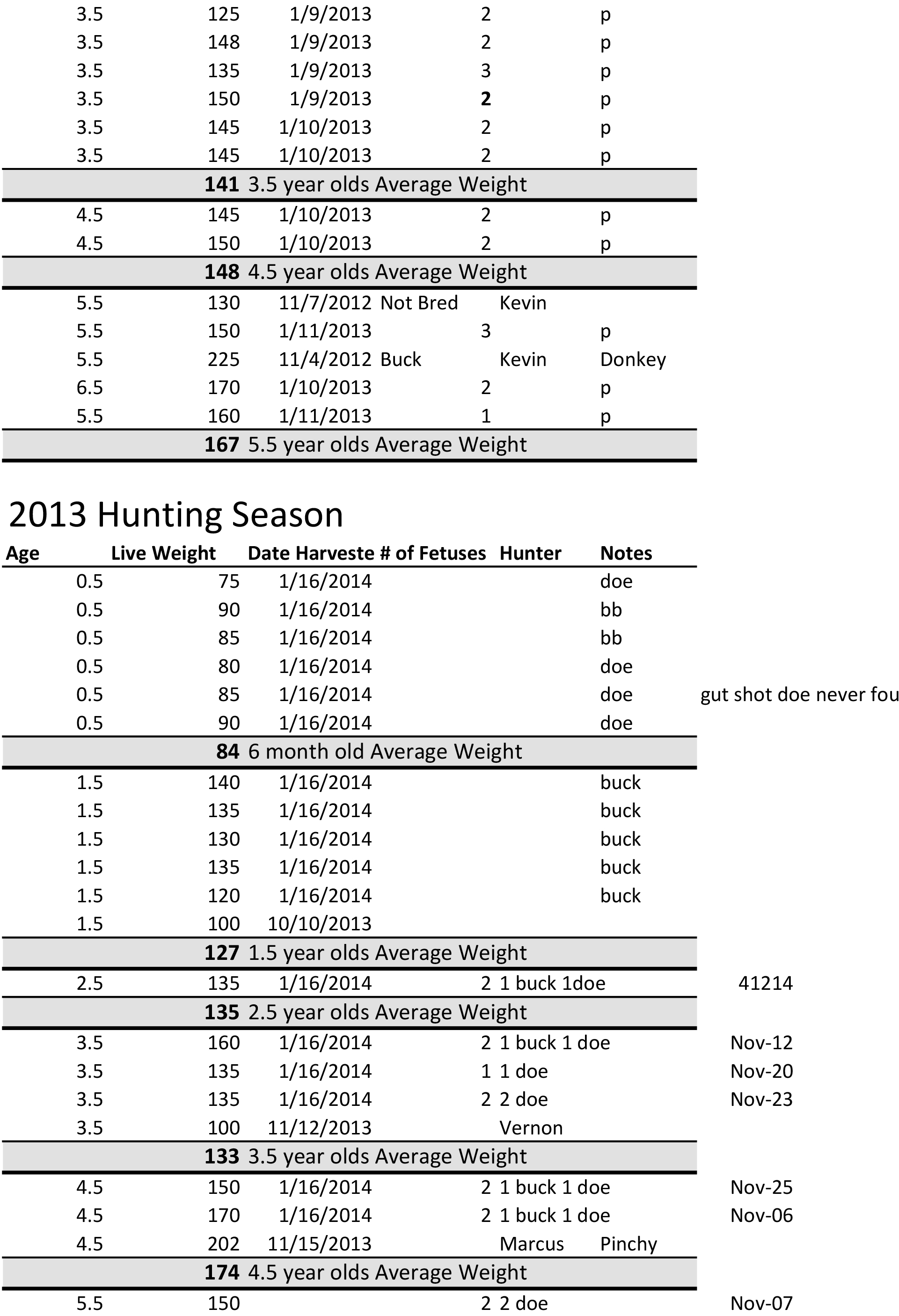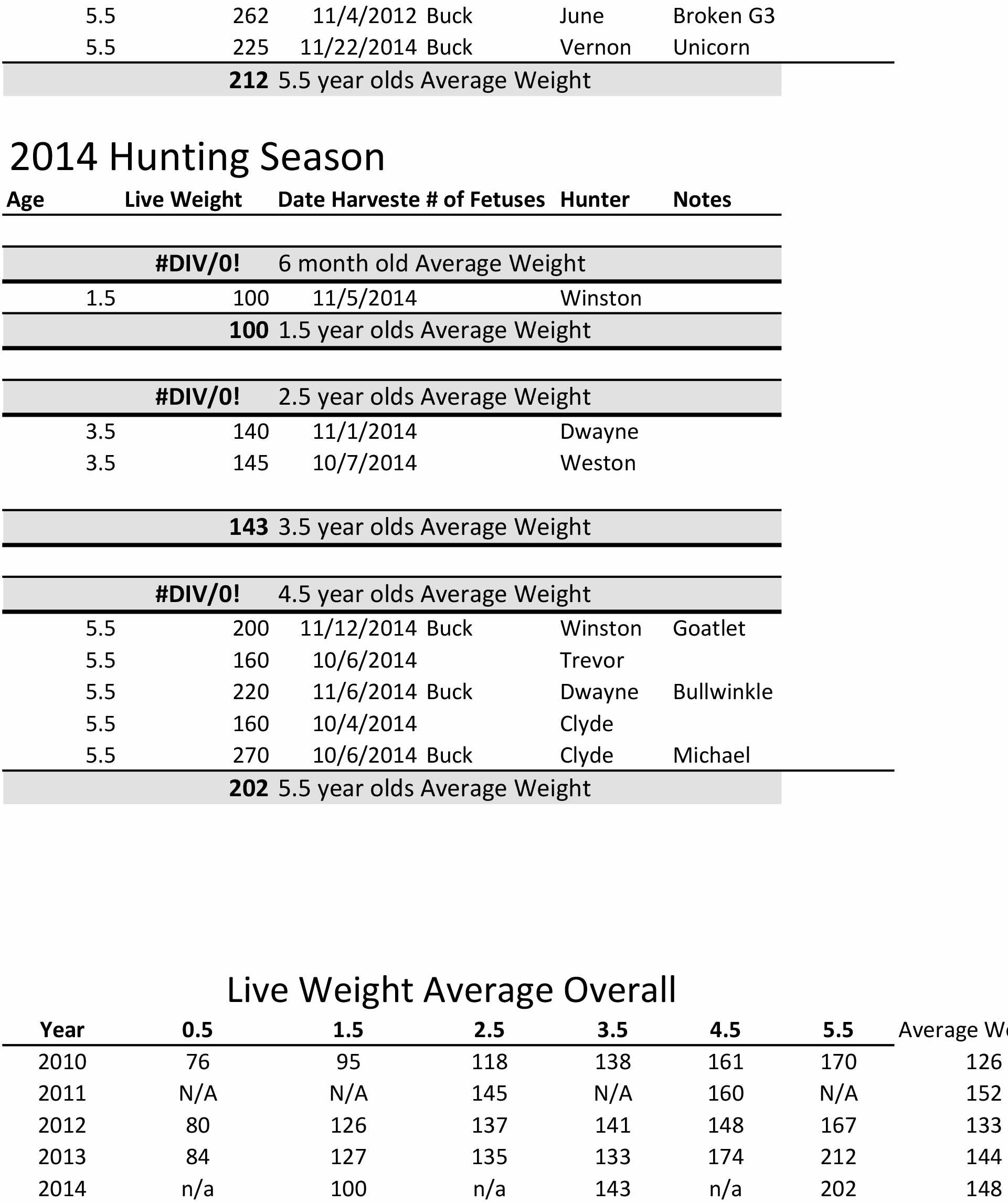Should we harvest more does from our 750 acres in southeast Iowa?
Filed under: Deer Management, Food Plots
We have a situation that we would like to have your advice on.
We manage 750 acres is southeast Iowa. Every year we have some controversy over how many does that we need to harvest.
Our property has 40 acres of grain and 30 acres of alfalfa that we rent to a local farmer and we plant 30 acres of food plots, and we have 78 acres of switchgrass and 270 acres of CRP, the rest of the property is timbered with oak and hickory trees.
The dilemma that we have is during the spring, summer, and fall months we have no problem sustaining the local deer herd, but during the winter our 25 acres of beans and 6 acres of wheat and brassicas get completely wiped out.
In 2012 we harvested 47 does trying to fix this problem and we still did not have any food left in the spring so in 2013 we tried harvesting about the same amount and only managed to harvest 19 does. Then in 2014 we did not do a doe hunt because of various reasons, but we did harvest 5 does during the archery season. All this did not make a difference in the amount of food left in the spring. (We have not have had any food left in any spring) I have attached the harvest data that we collected from the deer that we harvest during this time period.
We have been doing trail camera surveys every year. I have attached the survey results.
The question is, is it worth our time to travel to Iowa every year to harvest 15 does, are we gaining anything at all?
The only time that the DNR allows non-resident hunter to harvest does is in the December shotgun season. Will a doe hunt during this time help at all in making our food last thru the winter? Given the situation how many does would you try to harvest? We want to give our bucks every chance to express their genetic potential.
Winston,
I’m very impressed with the data collection and analyses!!
If the surveys were performed correctly and approximately during the same time each year I’m most concerned with the decreased fawn recruitment. Traditional camera surveys during August will underestimate fawn recruitment. However, it should be an index and representative each year. The data indicates more does and a substantially lower fawn recruitment rate.
Bucks have the best opportunity to express their antler growth potential if they have quality forage year round. Based on your description I doubt you’ll remove enough does to allow 31 acres of plots to provide enough food. This is compounded by the fact that your property is in an area where there’s not much native vegetation and agricultural crops are the primary food source year round. Deer in such areas tend to have very large home ranges and will travel to quality food sources after production crops are harvested. I suspect some of the deer on your property during the winter are on different properties during the remainder of the year. This is great for shed hunting, but reduces the amount of forage available for resident deer during a critical time of year.
There’s obviously more deer than food at your farm during the late winter. Harvesting does is a good plan. However, it may not have the impact it would have in areas where deer tend to have smaller home range sizes.
I strongly encourage you to have more quality forage available during the late winter if the goal is to maximize buck’s antler growth potential. Often the least expensive method to accomplish this in areas with commercial soybeans and corn is to pay the farmer to leave a few acres unharvested. Farmers often purchased seed, fuel, etc., in such large quantities that they can produce food for less than food plot farmers.
Enjoy creation,
grant
October 16, 2015









